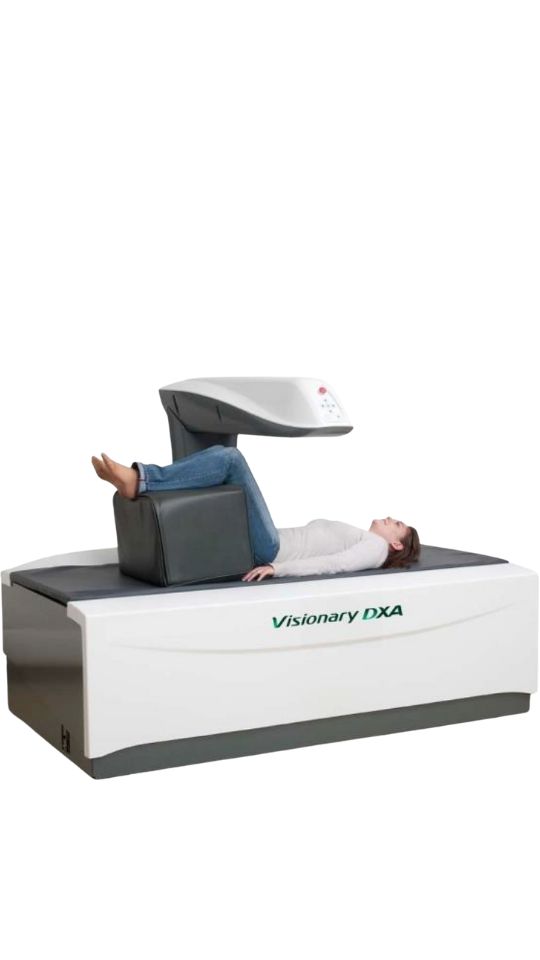"Thermographic dry printer DRYPIX Lite
High productivity, incredible efficiency, and excellent quality – for any medical visualization needs.
- A new concept of tabletop dry printer
- Supports multiple film sizes
- Expandable to two cassettes


Laser dry printer DRYPIX Smart
DRYPIX Smart, with the substantial support of FujiFilm’s extensive experience in obtaining dry images, always offers excellent image quality for various needs in centralized healthcare facilities. Despite its compact size, allowing for use anywhere in the medical institution, the productivity is very high, and it does not affect the quality of the images in any way.
Dry Printers
Printing X-ray images on printers that use ink or cartridges is not cost-effective. To reduce the volume of consumables and simplify the operation procedure, dry printers are used. FUJIFILM produces advanced technology in this niche – the company’s products eliminate the main drawbacks of thermal printing.
What is a thermal printer
Dry printers do not use ink or cartridges in their operation – they only require special paper. A package with paper (film) is loaded into the printer in a special tray, after which the device automatically selects each subsequent sheet for printing.
During the printing of X-ray images on thermal printers, the following are significantly reduced:
- Material costs;
- Time for printing images;
- Equipment maintenance time.
Since dry printing does not require ink and cartridges, there is no need to replace them. In some printers, such replacement can be associated with certain difficulties. For example, ink can be spilled or overturned, and professional assistance may be required for its cleaning. A thermal printer only requires loading the film.
Medical printers have high print resolution, can be controlled remotely, receive images for printing both from connected devices and over the network. Such devices work quietly, their service life is longer than that of most printers of another type of printing.
Features of FUJIFILM thermal printers
The main problems of thermographic printing are the low resolution of the image and its ephemerality. FUJIFILM medical printers are free of these disadvantages:
- They use proprietary FUJIFILM films, the quality of images on which is not inferior to images obtained with wet processing.
- The image is further processed with software tools to enhance clarity and contrast.
- The print tone can be adjusted for different types of studies. For example, it can be changed for CT and MRI images (built-in software can do this automatically, taking into account the specifics of images from other manufacturers).
During printing, the printer evaluates the type of paper, adjusting the operating parameters to achieve the best output result. Loading the film inside the device can be done in daylight (the process is described in the manual, and the detailed process of replacing the film can be seen in videos on the internet). DICOM standard is supported automatically—additional adapters or processors are not required for reading and using it.
How to choose and buy a dry printer
To choose a thermal printer at an optimal price, it is recommended to study the classes of dry printers in advance. They are designed to solve various tasks while maintaining consistently high print quality and ease of use.
For printing X-ray images, FUJIFILM produces three types of thermal printers:
- for mammography;
- universal;
- compact.
Thermal Printers for Mammography
Dry printers for mammography are equipped with two film trays. The device can simultaneously print on films of different sizes, reducing waiting time for the patient and speeding up the work of the specialist.
The mammography printer is characterized by high resolution during printing and supports the highest number of gray color gradations in the image. This is especially important for effective examination of chest images, where tracking even minor changes is crucial.
Universal Printers for Radiography
This type of dry printers has the widest functionality. With the ability to load paper into three trays at once, it significantly increases the speed of medical staff’s work. Smart recognition of paper size and type helps reduce the time spent on device setup. Printing can be done using both thermal and laser methods.
Such printers support high print resolution, suitable for the most demanding images. For example, they can also be used to print mammography results.
Compact Printers for Radiography
If there is no possibility to place a large printer in the office, FUJIFILM offers an alternative solution – compact desktop models. They are specifically designed for spaces where saving free space is essential.
The following equipment:
- supports working with films of various sizes;
- desktop (rather than floor-standing, like most other models);
- can be equipped with an additional device for sheet feeding.
Such a printer can be installed in a vehicle to print images, for example, during mobile examinations. Additionally, the equipment can be mounted on a cart for easy transportation between rooms.
The equipment differs in the maximum available print resolution (available at 300 or 500 dots per inch) and printing speed (up to 110 sheets per hour on the fastest printer). It supports from 12 to 24 gray scale gradations during printing (depending on the model). All medical printers have varying numbers of film trays, different dimensions, and weights.
To choose and purchase the appropriate thermal printer for your medical facility, consult with our specialists by phone or through the form on the website.








